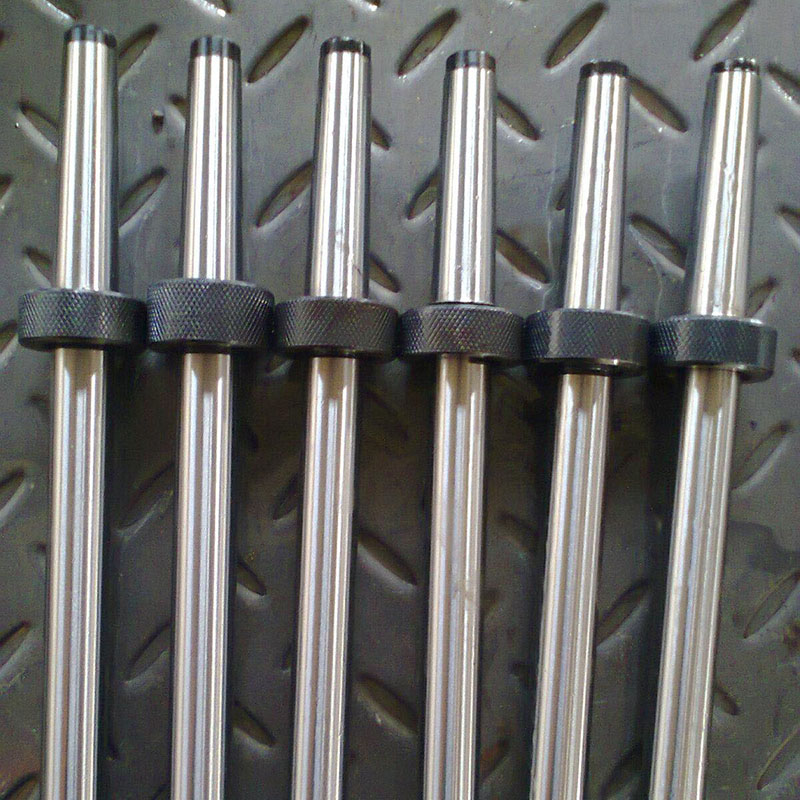Gate valves are the quiet workhorses of pipelines, delivering clean, unblocked flow and a dependable seal when closed. Among their many forms, two types stand out for practical clarity and broad usefulness: rising stem gate valves and non-rising stem gate valves. Both share the core promise of durability and tight shut-off, yet they answer different installation needs and maintenance realities.

Rising Stem Gate Valves
In a rising-stem design, the valve stem visibly rises as the valve opens. The handwheel turns and the stem climbs, offering an immediate, at-a-glance indication of the valve’s position. This simple visibility makes operation intuitive and maintenance straightforward, since you can assess whether the valve is fully open or closed without disassembling or removing the bonnet. The full-bore opening minimizes pressure loss, ensuring maximum flow when the valve is open. Rising-stem valves are especially suited to outdoor installations, scenarios with frequent operation, or systems where operators must confirm status from a distance or across a control room. They tend to be robust in vibrating environments and are easy to inspect during routine maintenance.
Pros: clear position indication, easy alignment and troubleshooting, strong performance in high-activity service, excellent for outdoor or remote monitoring.
Cons: taller and heavier, slightly higher material and installation cost, more footprint in confined layouts.
Non-Rising Stem Gate Valves
In non-rising stem designs, the stem remains stationary while the gate travels up and down around it. This keeps the outside profile compact, making the valve well suited to tight spaces and underground runs. The compact footprint can reduce installation costs and simplify routing in crowded plant rooms or buried installations. Non-rising stems pair well with automated actuators and packing assemblies designed for restricted access, where the focus is on efficiency and space savings.

Pros: smaller size and weight, lower upfront cost, ideal for underground or narrow installations, compatible with streamlined actuation options.
Cons: no direct visual indication of valve position, requires auxiliary indicators or sensors for status monitoring, maintenance monitoring may be more involved in some configurations.
Choosing between them comes down to your priorities: visibility versus compactness, outdoor versus underground placement, and how you balance cost with ease of maintenance. Both types deliver reliable shut-off and long service life when matched to the right service conditions. Want help selecting the perfect fit for your system? We’ll tailor a solution that optimizes flow, space, and reliability—two types, one goal: dependable control.
Golden AC generator | Filter DN50 | Metal Chain Link Fence | industrial metal supply With multiple core patented technologies and rigorous quality control systems (such as 9001 certification), we have established long-term partnerships with over 300 automotive manufacturers and component suppliers worldwide. Our products are exported to countries such as Europe, America, Southeast Asia, and Africa, with an annual production capacity exceeding 300000 units. We have won market trust with stable delivery and after-sales support.At the core of Storaen (Cangzhou) International Trading Co. portfolio lies its unparalleled expertise in cast iron welding platforms, measuring tools, plug gauges, ring gauges, and valves. These products, crafted with meticulous attention to detail and backed by stringent quality control measures, embody the hallmark of reliability and durability, catering to the diverse needs of industries worldwide.